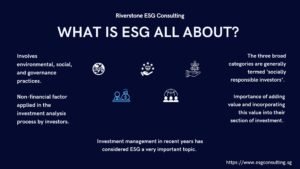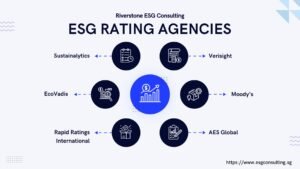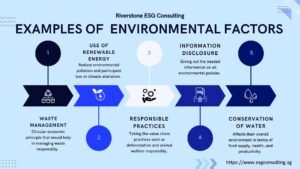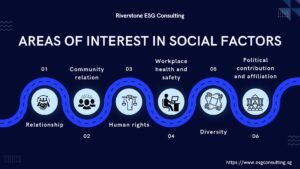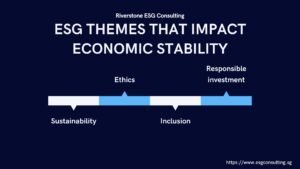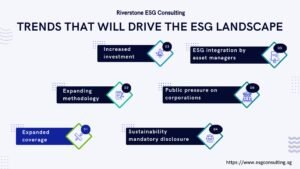ESG Reporting Requirements: A Comprehensive Guide for Businesses
Understanding the Mandatory ESG Reporting Requirements for Businesses
- All public companies in the United States are required to file a Form 10-K with the SEC which includes an annual report of their financial condition.
- Section 204 of the Sarbanes-Oxley Act of 2002 also requires all public companies to disclose their policies.
- This section was enacted in response to the Enron scandal and requires companies to disclose whether they have implemented policies to address environmental, social, and governance risks.
- Many organizations choose to disclose their ESG practices in addition to their financial performance in order to provide a more holistic view of their overall operations.
Comprehensive Guide to Sustainability Reporting for Companies
- There is no universal standard for sustainability reporting, but most frameworks encourage businesses to report on their economic, environmental, and social performance.
- The most common framework for sustainability reporting is the Global Reporting Initiative (GRI).
- The GRI has three main sections: economic, environmental, and social.
Identifying and Managing Environmental and Social Risks in Business Operations
- Many businesses choose to manage environmental and social risks through a formal process known as enterprise risk management (ERM).
- ERM is a holistic process that allows businesses to identify, assess, and respond to potential risks that could impact their ability to achieve their objectives.
- Risks can be identified at any stage of the business cycle and can come from a variety of sources.
- ERM helps businesses proactively manage these risks by implementing risk mitigation strategies and allocating resources to risk management activities.
Choosing the Right Sustainability Reporting Framework for Your Organization in Singapore
There are a number of different frameworks for reporting on the sustainability impact of investments, including:
- Global Reporting Initiative (GRI)
- Sustainability Accounting Standards Board (SASB)
- Greenhouse Gas Protocol Corporate Value Chain
- Carbon Disclosure Project (CDP)
- Ceres Principles for Sustainable Investment
- European Commission Eco2 Platform
Understanding the ESG Reporting Requirements of the US Securities & Exchange Commission
- In 2010 Congress passed Section 1502 of the Dodd-Frank Act, requiring companies to disclose whether their products contain conflict minerals from the Democratic Republic of Congo or adjoining countries.
- Conflict minerals are defined as cassiterite, columbite-tantalite, gold, wolframite, or their derivatives.
- Companies must perform due diligence to determine whether any of the minerals used in their products originate from these countries and make disclosure on their websites if they do.
Navigating ESG Reporting Requirements in the European Union
- The European Union has established specific guidelines for businesses that wish to disclose information related to their economic performance.
- These guidelines encourage transparency in business practices and aim to reduce anti-competitive behavior by providing information about potential mergers and acquisitions.
The Role of the US Department of Labor in ESG Considerations for Investments
- Congress passed Section 1502 of the Dodd-Frank Act in 2010 requiring US-listed companies using conflict minerals in their operations to disclose these materials publicly in an annual report available on its website.
- Conflict mineral requirements were later included in the 2015 Fixing America’s Surface Transportation (FAST) Act, which amended the Dodd-Frank Wall Street Reform and Consumer Protection Act.
- The US Department of Labor has also released guidance on reporting occupational injuries and illnesses.
- This guidance is designed to help employers comply with the Occupational Safety and Health Administration’s (OSHA) recordkeeping regulation, 29 CFR Part 1904.
- The regulation requires certain employers to maintain accurate records of work-related injuries and illnesses.
Resources and Networks for Businesses Seeking Sustainable Investment Opportunities
There are a number of organizations that promote sustainable investment, including:
- Ceres
- Green Century Capital Management
- Social Investment Forum
Key Aspects of Environmental, Social, and Governance in the UK Business Context
Rules and Requirements
- The Global Reporting Initiative (GRI) is arguably the leading sustainability reporting framework in the world.
- According to its website, GRI “provides globally accepted standards for sustainability reporting” to businesses which allow them to inform stakeholders about their impacts on people and the planet.
- There are three main sections of the GRI reporting guidelines:
Sect 1- Economic Section
- For every organization to be considered sustainable it needs to ensure that its activities benefit society as a whole by providing financial benefits which can take many forms including profit, jobs, taxes revenue, etc.
- This section highlights how an organization manages its business from a financial perspective.
- It looks at both operational activities such as production and distribution and also gives credit for sustainable initiatives which reduce costs.
Sect 2- Environmental section
- The environmental aspect of GRI provides a framework for organizations to define their greenhouse gas emissions and carbon footprints in line with the Greenhouse Gas Protocol Corporate Value Chain (CVCC) calculation guidelines.
- This enables organizations to identify opportunities to reduce their environmental impact and set targets accordingly.
Sect 3- Social Section
- As well as focusing on economic and environmental performance, GRI uses this section to highlight any potential social impacts which an organization may have such as community development, human rights issues, etc.
- It looks at both the positive contributions made by the company and highlights any negative social or labor issues that could exist within its business operations
The test looks at the following factors
- The nature of the company’s business
- The location of its headquarters
- The nationality of its directors and controlling shareholders
- If a company meets 2 or more of the above factors, its ESG disclosure will be considered relevant to Singaporean investors.
The UK Stewardship Code
- Similar to the RSI test in Singapore, the UK Stewardship code uses a number of factors to determine if a company’s ESG disclosure is relevant to UK investors.
These factors are:
- The nature of the company’s business
- The location of its headquarters
- The nationality of its directors and controlling shareholders
- The size and scale of the company
- If a company meets 2 or more of the above factors, its ESG disclosure will be considered relevant to UK investors.
What are the specific ESG reporting obligations for companies in Singapore
If your company operates in Singapore, ESG reporting isn’t just a trend — it’s becoming a requirement. Listed companies and larger businesses are now expected to disclose how they’re addressing environmental, social, and governance issues. Not sure what’s expected? Here’s a closer look at the specific ESG reporting obligations for companies in Singapore to help you stay ahead and stay compliant.
Detailed breakdown of ESG reporting requirements for businesses
ESG reporting can feel overwhelming, especially when you’re just getting started. From tracking carbon emissions to outlining your company’s social impact and governance policies, there’s a lot to cover. This detailed breakdown of ESG reporting requirements for businesses will walk you through each step so you know exactly what’s needed and why it matters.
Understanding the different frameworks for ESG reporting compliance
There’s no one-size-fits-all when it comes to ESG reporting. Depending on your industry and goals, you might use frameworks like GRI, SASB, or TCFD. Each has its own strengths and focus areas. Not sure which one fits your business best? This guide helps in understanding the different frameworks for ESG reporting compliance so you can make an informed decision.
How to meet the mandatory ESG reporting standards for my company
Worried about keeping up with ESG reporting rules? You’re not alone. Meeting the standards means more than ticking boxes — it’s about building sustainable practices into how you work. Whether you’re just starting or need to refine your approach, here’s a practical look at how to meet the mandatory ESG reporting standards for your company in Singapore.
Comprehensive guide to Environmental, Social, and Governance reporting requirements
Getting ESG reporting right can boost your brand’s credibility and future-proof your business. But where do you begin? This comprehensive guide to Environmental, Social, and Governance reporting requirements breaks it down clearly — from what regulators expect to how you can align your reporting with international standards.
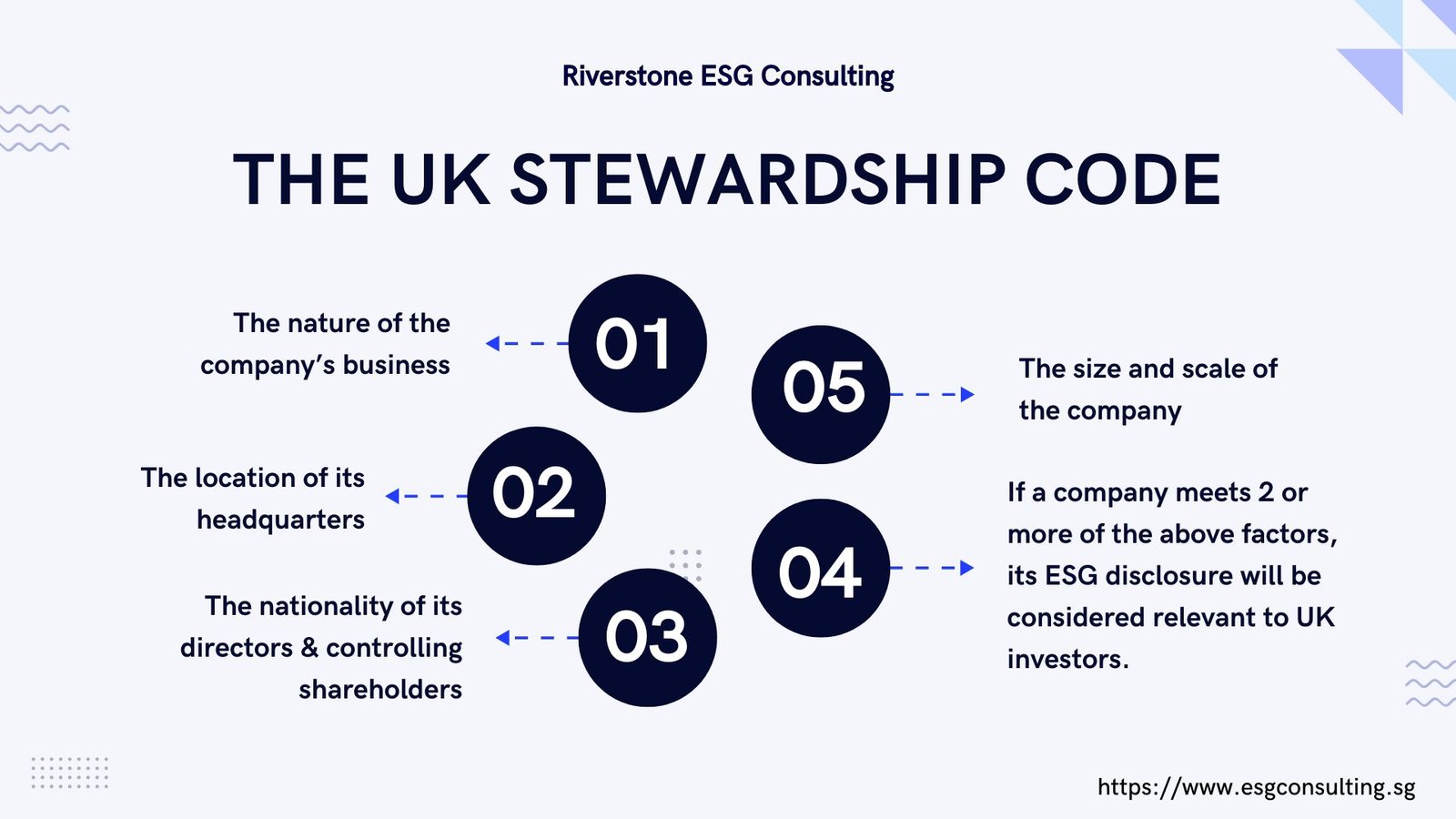
Understanding OSHA’s Requirements Related to Environmental and Social Considerations in the Workplace
- According to the U.S. Department of Labor, these employers must “maintain records on work-related injuries and illnesses that they record according to OSHA’s requirements”.
- The sole purpose of maintaining such records is so that employers can keep track of their employee’s safety and health while on the job in order to reduce the number of workplace accidents and subsequent associated costs due to workers’ compensation claims.
- OSHA requires certain employers with more than 10 employees within a particular industry sector, who regularly employs hazardous materials, to keep such records.
- While this law does not explicitly require employers to disclose these records publicly;
- It would make sense for them to do so as part of their overall sustainability reporting in order to show that they are taking steps to protect their workers and operate safely and efficiently.
A Step-by-Step Guide to Developing an Effective ESG Strategy in Singapore
There are a few general steps that can be taken in order to get started:
- Assess your current environmental and social performance
- Set targets and goals to improve your performance in these areas
- Put in place policies and procedures to support your ESG objectives
- Communicate your ESG initiatives to key stakeholders
- Track and report on your progress against your targets periodically
- Organizations that have already taken steps to integrate ESG into their business operations have seen demonstrable benefits.
- For example, Marks & Spencer, a UK-based retailer, has integrated the triple bottom line of people, planet, and profit throughout its business operations.
- By doing so, it was able to reduce its food waste levels by 20% over

